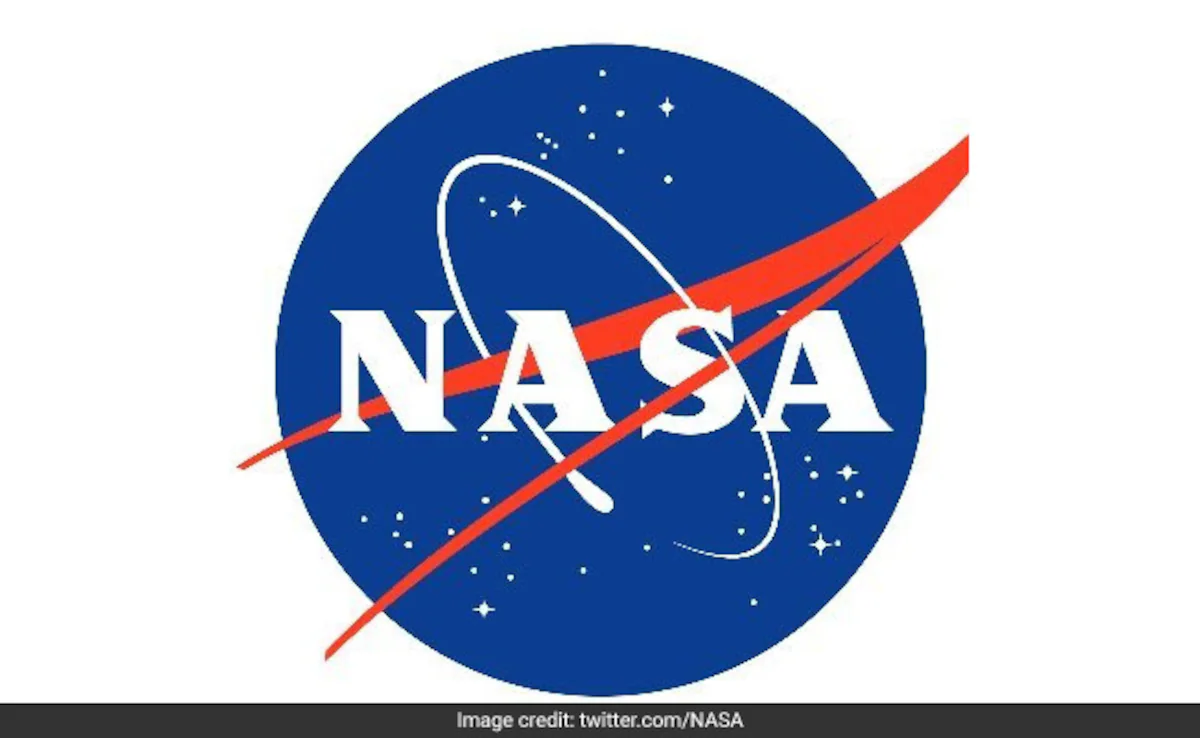NASA Internship Program 2025: In the ever-evolving field of engineering, career trajectories often take unexpected and inspiring turns. With a strong foundation in mechanical design, they eventually pivoted toward aerospace, driven by a deep-rooted passion for flight and innovation. This shift required adaptability, continuous learning, and the ability to apply existing knowledge to a completely new domain: aircraft and spacecraft cockpits.
Table of Contents
At NASA, the intern contributed meaningfully to cockpit design by integrating insights from the automotive industry, particularly in system reliability and user-focused engineering. This experience reflects how diverse engineering backgrounds can add immense value in high-tech environments.
NASA Internship Program 2025:
The journey began in the fast-paced world of automotive engineering. As a budding engineer, the intern developed core skills in engine mechanics, systems engineering, and precision-based design. These early years built a strong technical base especially valuable for fields where safety and reliability are critical, like aerospace.
Shifting Gears to Aerospace
Motivated by a lifelong fascination with space and aviation, the intern took a bold step from engines to cockpits. With a background in mechanical engineering, they immersed themselves in avionics, flight systems, and user-centric cockpit interfaces. The transition meant mastering new technologies and adapting existing knowledge to the high-stakes world of flight control systems.
Overcoming Challenges, One System at a Time
Stepping into aerospace brought new hurdles. Cockpit design demands integration of complex systems, compliance with strict safety regulations, and ergonomic precision. The intern rose to the challenge through hands-on collaboration with experienced engineers, rapidly gaining a deeper understanding of the field.
Making an Impact at NASA
At NASA, the intern’s prior experience paid off. Their automotive background offered a fresh lens particularly in system integration and reliability testing. Their work contributed to enhancing cockpit technologies, showing how cross-industry insight can fuel innovation in space exploration.
Engineering is Versatile
This journey highlights a key lesson: engineering isn’t confined to one domain. Skills from one sector can unlock doors in another. NASA’s internship program nurtures such flexibility—encouraging young engineers to explore, collaborate, and contribute to cutting-edge missions.
Why NASA Welcomes Cross-Industry Talent
NASA thrives on diversity not just in people, but in experience. Engineers from different industries bring creative problem-solving skills and unique approaches. That blend of technical depth and fresh thinking is what helps NASA stay ahead in innovation.
Advice for Future NASA Interns
- Stay Versatile: Be open to exploring different fields your skills are more transferable than you think.
- Never Stop Learning: The tech landscape is always shifting. Stay curious.
- Learn from Others: Surround yourself with experienced mentors.
- Follow Your Passion: Let what excites you guide your career choices.
How to Apply for Nasa Internship 2025?
If you are interested to apply in Nasa Internship Program 2025 then please click on the link mentioned below:
Apply now: Click here
Also apply: Software Developer Paid Internship at ParvaM Software Solutions and NASA Internship 2025
Conclusion
This intern’s story proves that with passion, adaptability, and persistence, extraordinary transitions are possible. Moving from the ground-level grit of car engines to the high-tech demands of space cockpits, they’ve shown how diverse experiences can lead to impactful careers at places like NASA. For aspiring engineers, it’s a powerful reminder: your background may just be the launchpad to your dream job.
